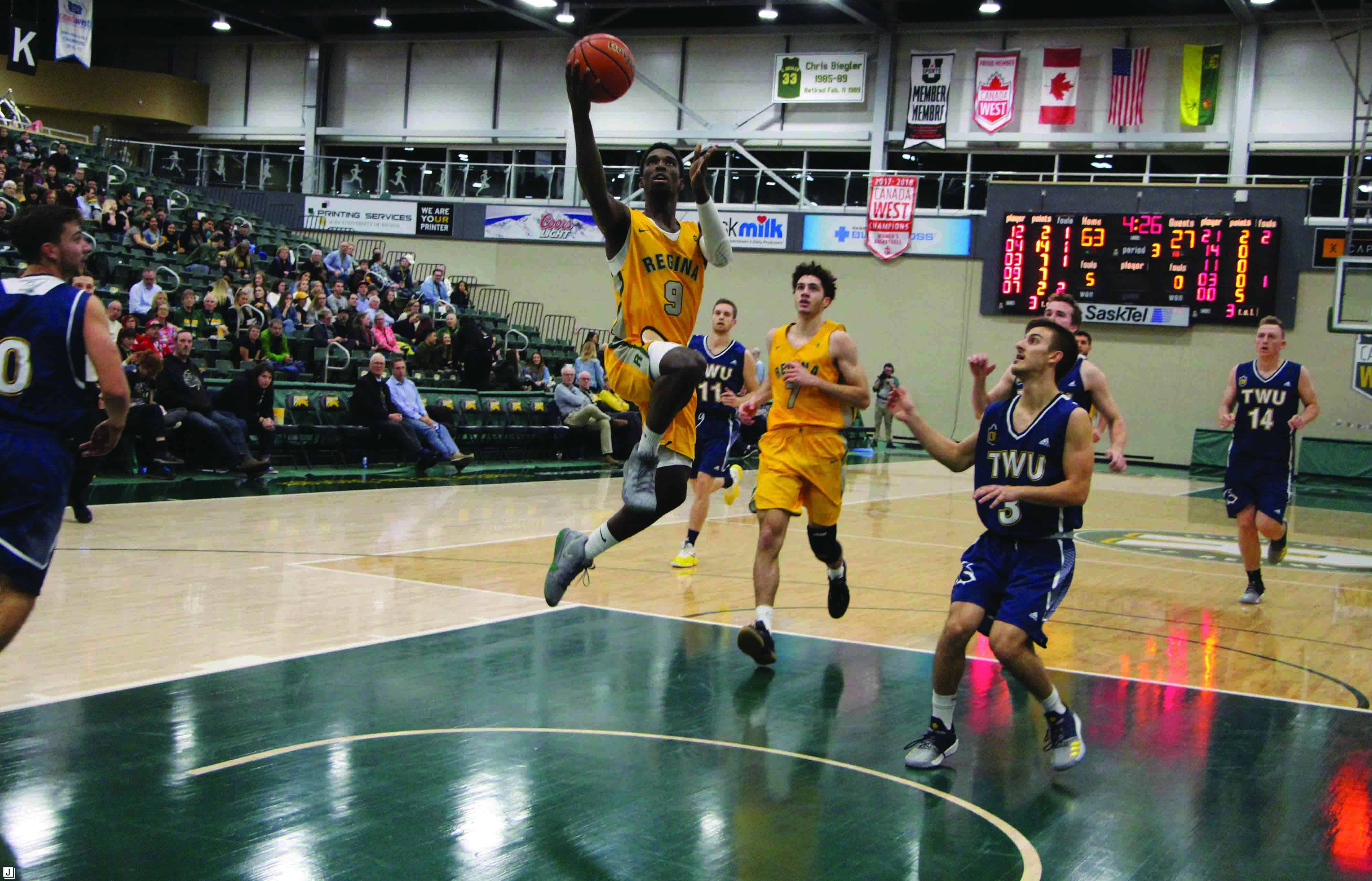Around the World

Article: Robyn Tocker – A&C Editor
Mosaic embodies education and enjoyment
For three years, I have attended Regina’s Mosaic, and it’s been great. Wouldn’t it be easy if there was absolutely nothing wrong with it and its perfection was so staggering I could hardly contain my excitement? It would certainly make this paragraph a whole lot shorter. Yet like with everything, there are two sides, the good and the bad. Let’s start with the more uplifting part.
Mosaic does a lot of good for the city. It brings the community together and exposes us to different cultures that we may have preconceived notions about. Think all French music sounds like the stuff you listened to in your elementary school French classes? Go to the Francophone pavilion and you’ll be proven wrong as soon as you walk into the building. Believe the First Nations culture is limited to preconceived notions and stereotypes? You’ll soon see they are a vibrant group of people who are passionate about their traditions and take great care to nurture the next generation.
Besides the educational viewpoint, Mosaic is a reason to go out with your friends and fill up on alcohol and food. The Chilean desserts and Scottish beer are irresistible, and it would be a cardinal sin not to partake in such tasty delicacies. They might cost an arm and a leg, but your stomach thanks you as you pass out from all the festivities.
Mosaic is educational, fun, and tasty. But Mosaic also has some kinks that need to be worked out before I can let myself free fall into the festival.
I know Saskatchewan’s immigrants came mainly from Europe, specifically Ukraine and Hungary, so it’s obvious that those pavilions are there. But this year, as I looked through my passport, I noticed out of the 22 pavilions 12 are European nationalities. As I said, I understand immigration plays a huge part, but I’m sure we have a larger oriental community than just Korean. I’d like to think the reason Chinese, Japanese, and other countries from Africa or South America don’t have pavilions is because of limited space. Who knows, maybe there just isn’t a group advocating for these pavilions or who can set up a pavilion for them. Still, it makes me wonder.
Mosaic is educational, and education is a great way to combat racism and
prejudice, but just because people go to Mosaic and get really involved in the festivities doesn’t mean their preconceived notions about a certain race magically disappear. There needs to be more than just Mosaic going on during the year to fully make an impact on society. An idea is for the school system, at all levels, to see about incorporating Indigenous studies and other classes similar to it into their curriculum. Combining that with Mosaic has a better chance of squashing out racism and prejudice for the future, and the current, generation.
Regina’s Mosaic festival has its positive and negative parts, but we can all agree on one thing: booze, food and entertainment make for a great time.











There were three pavilions representing South America: the Chilean, Brazilian and Latin American Pavilion. The Latin American Pavilion, in addition to representing all Ibero-American countries of South America (Chile, Colombia, Peru, Ecuador, Argentina, Uruguay, Paraguay, Venezuela and Brazil), it also showcases Spanish dances from Sevilla and Caribbean and Central American Countries (Puerto Rico, Dominican Republic, Cuba, El Salvador, Guatemala, Honduras, Mexico, Panama, Costa Rica, Nicaragua, Belize) as well as Tex-Mex and Chicano cultures of Southern USA. Check it out next year!